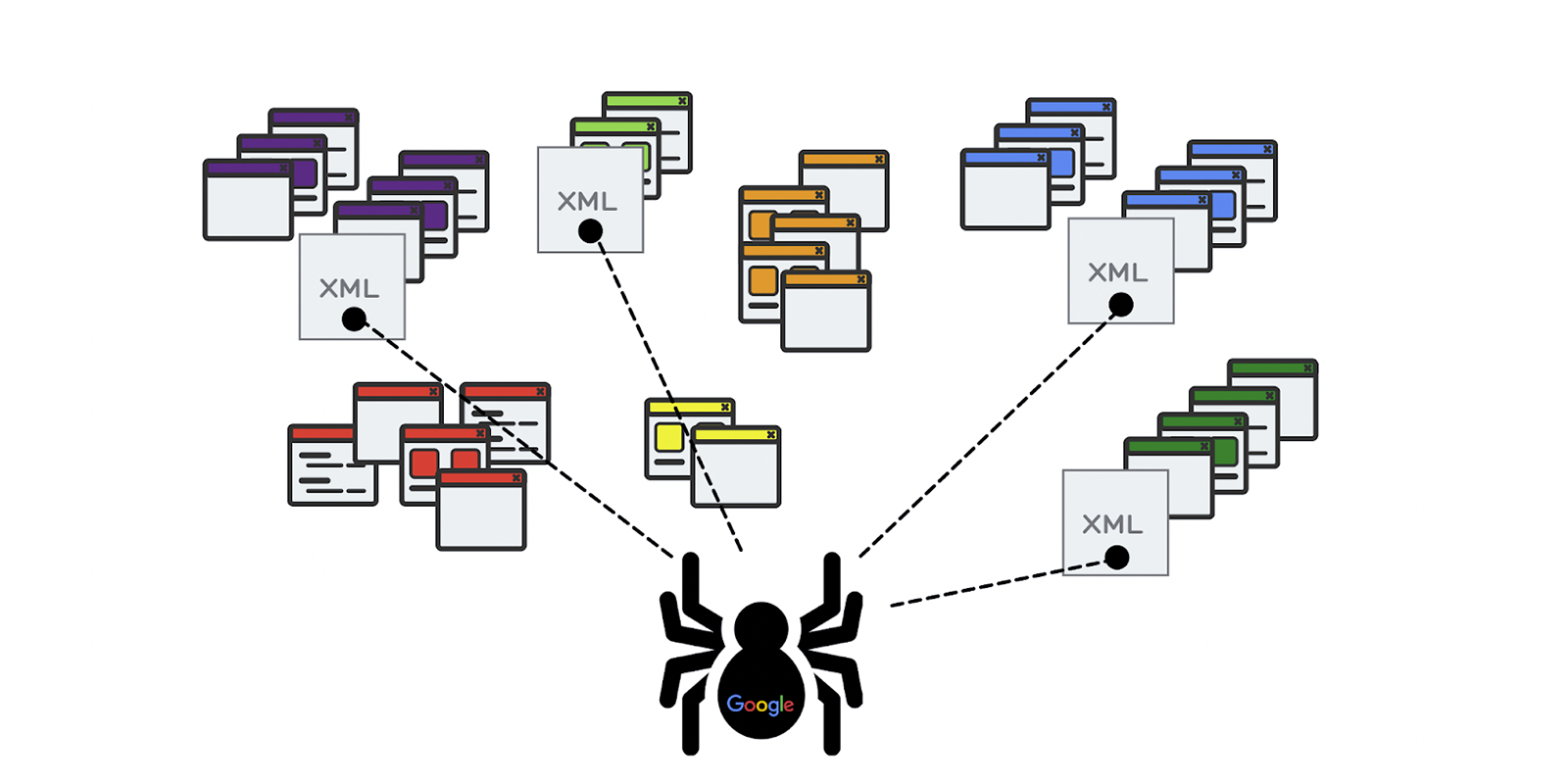Let’s face it, search engines have become the backbone of how we find information, whether it’s looking up the best pizza joint in town or solving a tech glitch. But how do they work their magic? How do they pull up the perfect page for your search in the blink of an eye? Let’s dive in and uncover the secrets of search engines.
The Three-Step Process That Powers Search Engines
At their core, search engines do three main things: crawl, index, and rank. These steps ensure that users get the most relevant and high-quality results for their queries. Here’s a closer look at each phase:
Step 1: Crawling – Discovering Content on the Web

Think of crawling as search engines “spidering” through the web. They use bots (often called spiders or crawlers) to hop from one page to another by following links. When a crawler finds a new page, it downloads the content—text, images, videos, and more.
However, some things can stop crawlers in their tracks:
- Blocked Pages: Website owners can use meta tags or robots.txt files to prevent crawling.
- Server Errors: If your website server is down or slow, crawlers might give up.
What About Crawl Budget?
Crawl budget refers to the time and resources a search engine devotes to crawling a site. Factors like your site’s popularity and how fast your server responds play a huge role. For massive websites, managing this budget is critical. Tools like sitemaps can help search engines prioritize the most important pages.
Pro Tip: If you’re dealing with crawl issues, tools like Semrush’s Site Audit can pinpoint and resolve them quickly.
Step 2: Indexing – Organizing All That Content

Once a page is crawled, search engines analyze and store it in their massive database called the index for example Google Search Console. This step is like adding your page to an enormous digital library.
Here’s what search engines record:
- Keywords: What is your page about?
- Metadata: Titles, descriptions, and other behind-the-scenes info.
- Page Quality Signals: Things like usability and adherence to Google’s Core Web Vitals.
But here’s the kicker—not every page gets indexed. Search engines are picky, and they’ll skip pages if:
- The content is low quality or violates guidelines.
- There are technical issues like HTTP status code errors.
- The site owner has specifically blocked indexing using a noindex tag.
To improve your chances of getting indexed, make sure your content is high-quality, user-focused, and technically sound.
Step 3: Ranking – Deciding What to Show and in What Order

Ranking is where the magic happens. It determines which results show up first when someone types in a query.
Search engines rely on algorithms—constantly evolving ones—to weigh hundreds of factors. Some of the most important ranking signals include:
- Keywords: Are they relevant to the query?
- Search Intent: Is the user looking for information, making a purchase, or just browsing?
- Location: Especially for local searches.
- Page Experience: Fast load times, mobile-friendliness, and overall usability.
Ranking is also dynamic—results can shift based on trends, user behavior, or algorithm updates. For example, Google often tweaks its algorithms and even provides updates on its Search Central Blog.
Why Search Results Change Over Time 
Ever notice how search results for the same query can vary from one day to the next? That’s because search engines constantly update their indexes and ranking orders to provide the freshest, most relevant information.
For example:
- If you search for “best coffee shops near me,” results will change based on your location, new reviews, or newly opened shops.
- Algorithm changes may shuffle the rankings of websites, favoring those that meet the latest SEO standards.
Making Sense of SERP Features

Search engines have evolved beyond just showing blue links. Today’s search engine results pages (SERPs) are packed with features that aim to deliver information faster and improve the user experience.
Here are some of the most common SERP features:
- Featured Snippets: Quick answers to questions, often displayed at the top of the page.
- People Also Ask (PAA) Boxes: Related questions users might be curious about.
- Local Business Listings: Handy for finding hours, locations, and contact info.
- Popular Products: Perfect for shoppers, with details like prices and reviews.
These features not only enhance the user experience but also provide opportunities for websites to stand out in the search results.
How to Ensure Your Content Ranks Well

Now that you know how search engines work, the next step is optimizing your website to perform well at each stage—crawling, indexing, and ranking. Here are some tips to get started:
1. Make Your Site Crawl-Friendly
- Use an XML sitemap to guide crawlers to your important pages.
- Fix server errors and remove any unnecessary crawl blocks.
- Optimize your crawl budget for large websites.
2. Focus on Indexing Best Practices
- Ensure your site meets Google’s quality guidelines.
- Use clear, descriptive metadata to help search engines understand your content.
- Fix any technical issues that could prevent indexing.
3. Nail Your On-Page SEO
- Use keywords naturally in your content and headers.
- Align your content with search intent (informational, navigational, transactional).
- Optimize for page experience—fast loading, mobile-friendly design, and user-focused layouts are key.
4. Stay on Top of SEO Trends
The world of SEO is constantly changing. Keep an eye on algorithm updates and new ranking factors to ensure your strategy stays ahead of the game.
Wrapping It Up
Understanding how search engines work isn’t just interesting—it’s essential if you want your content to rank and reach the right audience. By mastering the basics of crawling, indexing, and ranking, you’re setting your website up for success.
The bottom line? Great SEO starts with a solid technical foundation { Free Keyword Research Tool } and content that speaks directly to your audience’s needs. Once you have that, search engines will reward your efforts by putting your pages front and center in the SERPs.
So, what’s next on your SEO journey? Dive into our Best SEO Plugins to fine-tune your site and stay ahead of the competition. And don’t forget—your web hosting matters too. Get a good web hosting provider like NameHero Web Hosting to ensure your website is fast, reliable, and ready to handle anything the search engines throw your way!
Learn How To Use Yoast SEO Can Improve Your Content To Rank Higher: Click Here




Pingback: Unlocking 7 Dazzling SEO Success Strategies and Tips
Pingback: Master Internal Linking for SEO: Boost Your Rankings Today
Pingback: Master Affiliate Marketing 101: A Guide to Getting Started